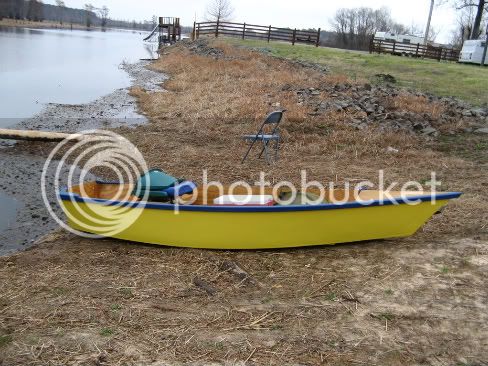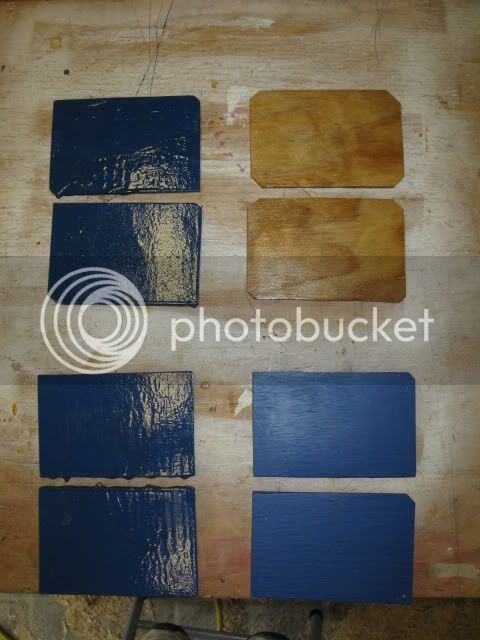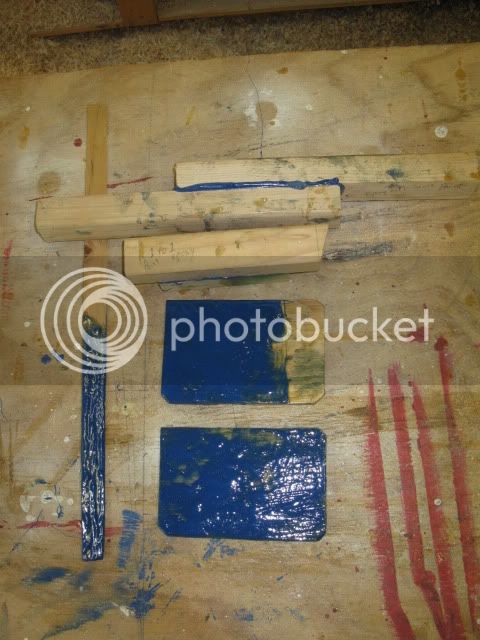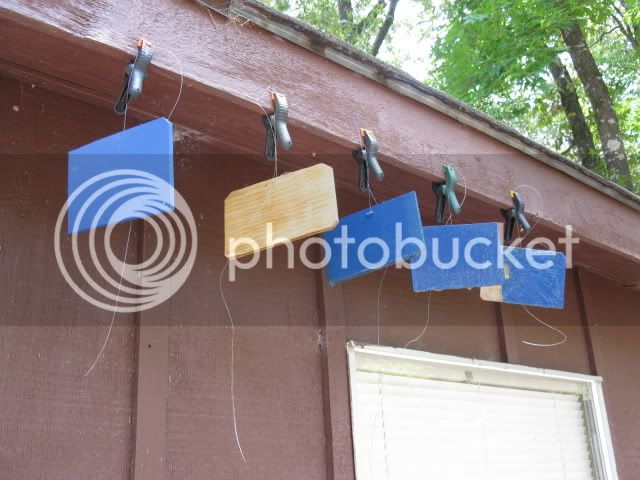It is my understanding painting wood first and then coating with epoxy is considered a no-no. Has anyone actually done this and with what results?
Wooden handmade crank baits are saturated with epoxy then painted. A top coat of epoxy is then added. This makes for an almost indestructable and very long lasting bait. It seems a similar procedure should work for a boat:
1. Saturate the wood with resin and apply fiberglass if used.
2. Paint.
3. Coat with epoxy.
4. Apply varnish for U.V. protection.
I epoxyed first and then painted my boat.

There are probably better paints than what I used (latex porch). It seemed to me the consensus on the Gator Boat site was that exterior latex was adequate. I would like a more durable finish on my next build.
Any thoughts on the "crank bait" procedure would be helpful.
beekeeper
Wooden handmade crank baits are saturated with epoxy then painted. A top coat of epoxy is then added. This makes for an almost indestructable and very long lasting bait. It seems a similar procedure should work for a boat:
1. Saturate the wood with resin and apply fiberglass if used.
2. Paint.
3. Coat with epoxy.
4. Apply varnish for U.V. protection.
I epoxyed first and then painted my boat.

There are probably better paints than what I used (latex porch). It seemed to me the consensus on the Gator Boat site was that exterior latex was adequate. I would like a more durable finish on my next build.
Any thoughts on the "crank bait" procedure would be helpful.
beekeeper





